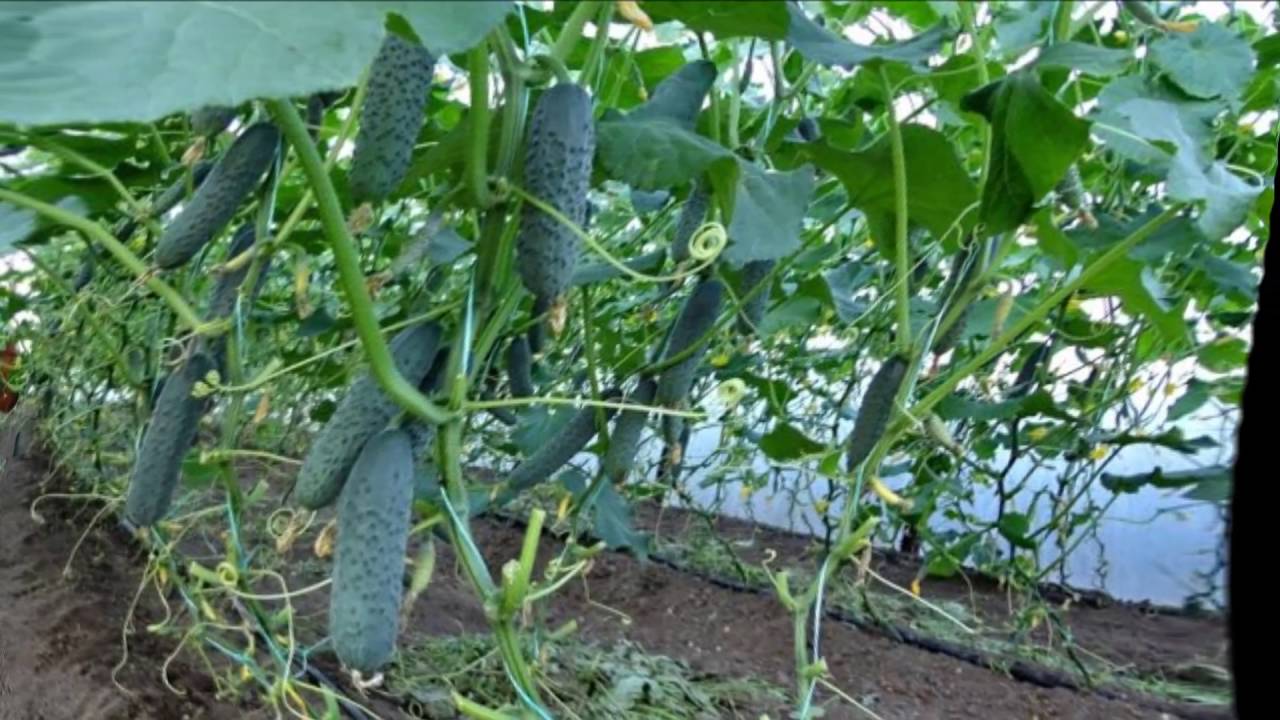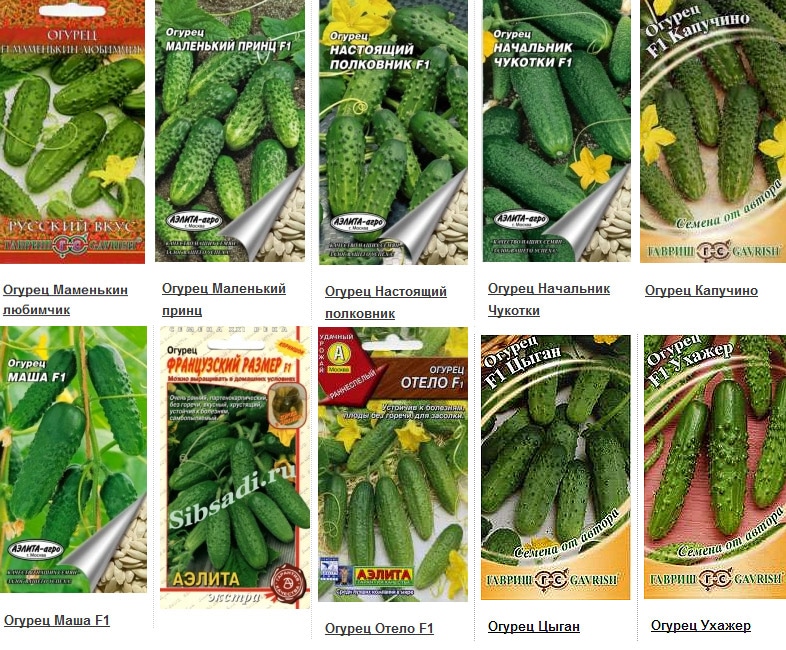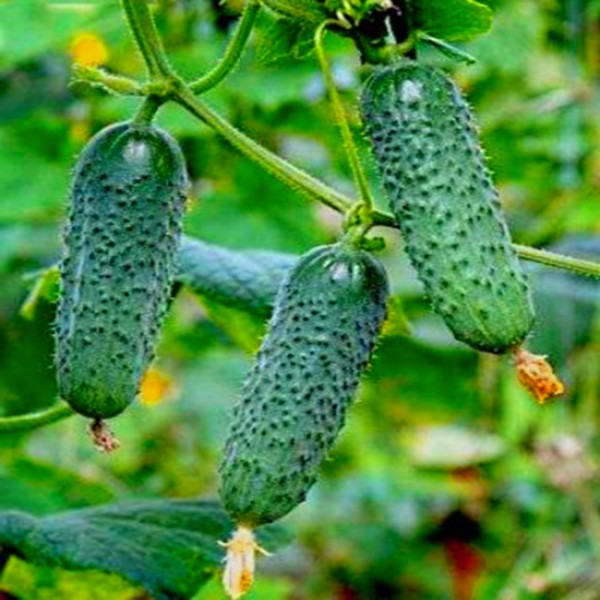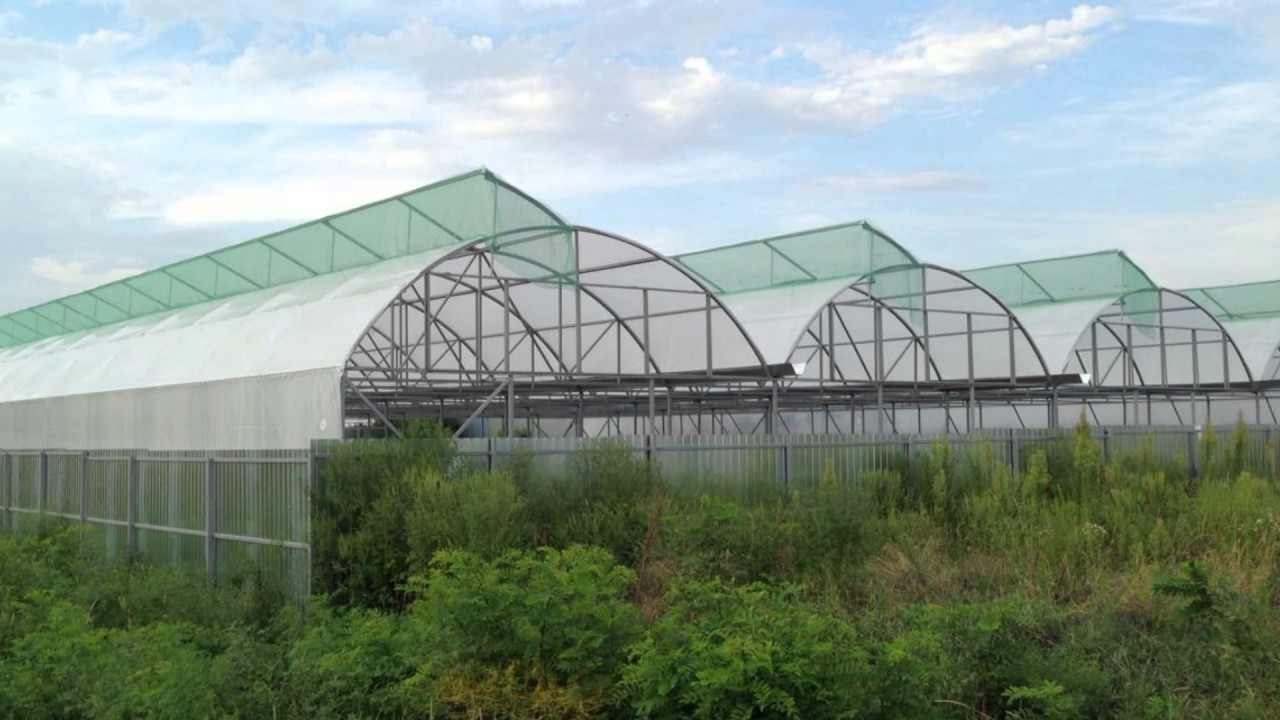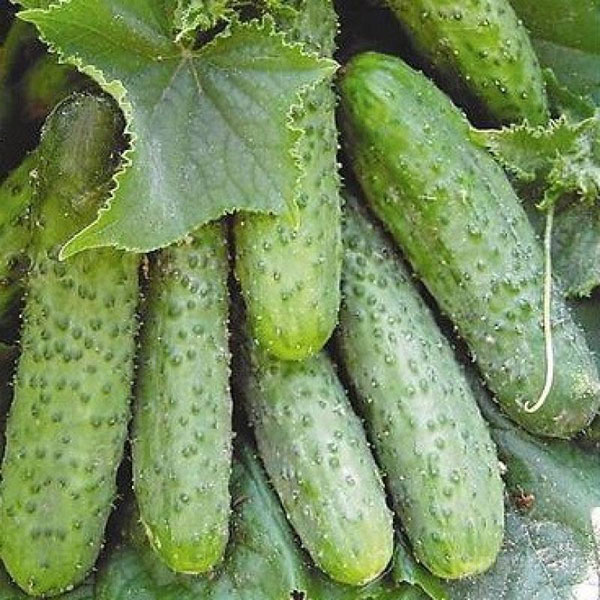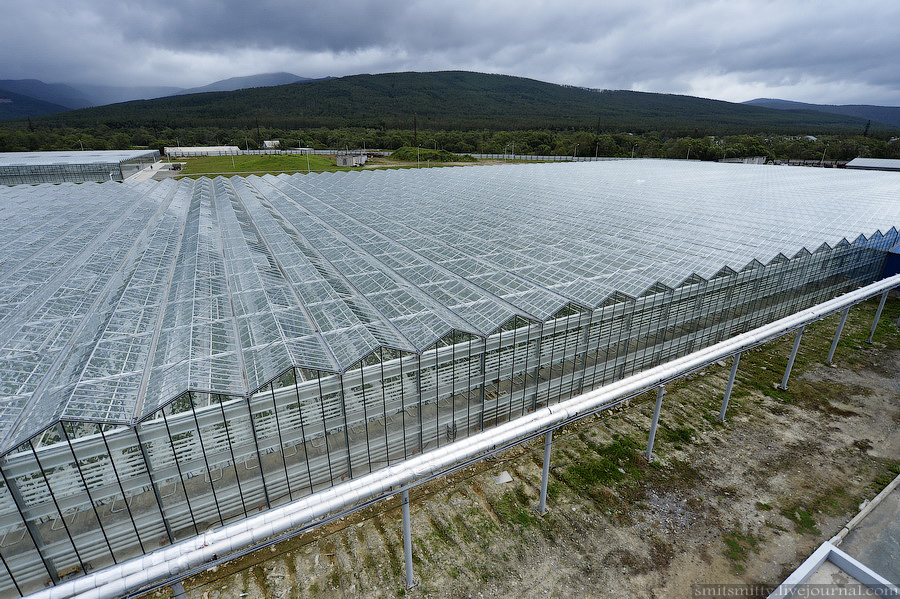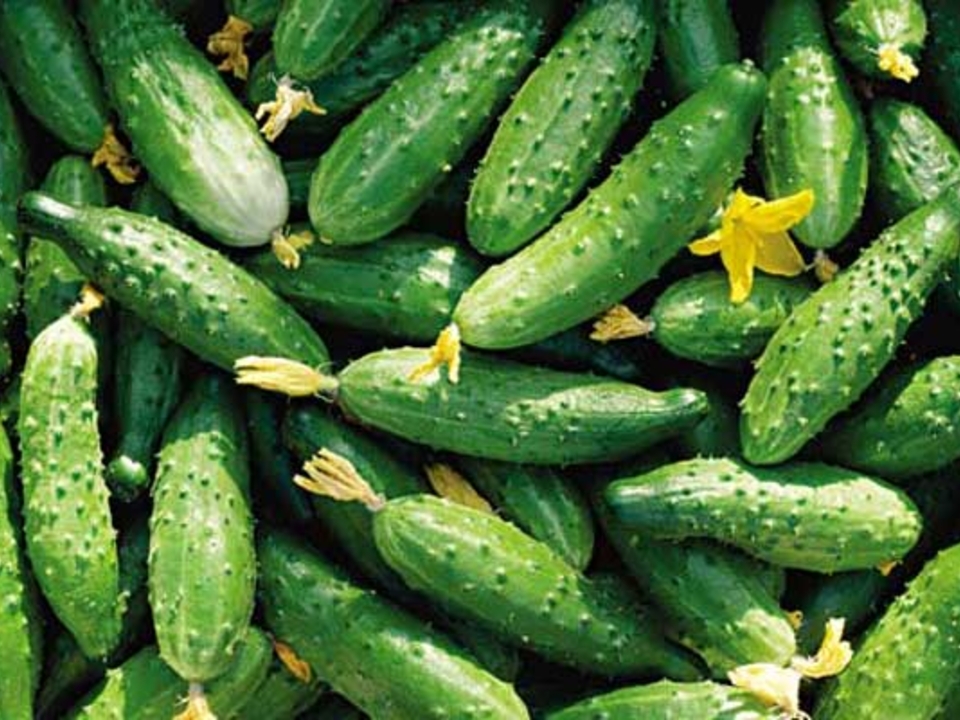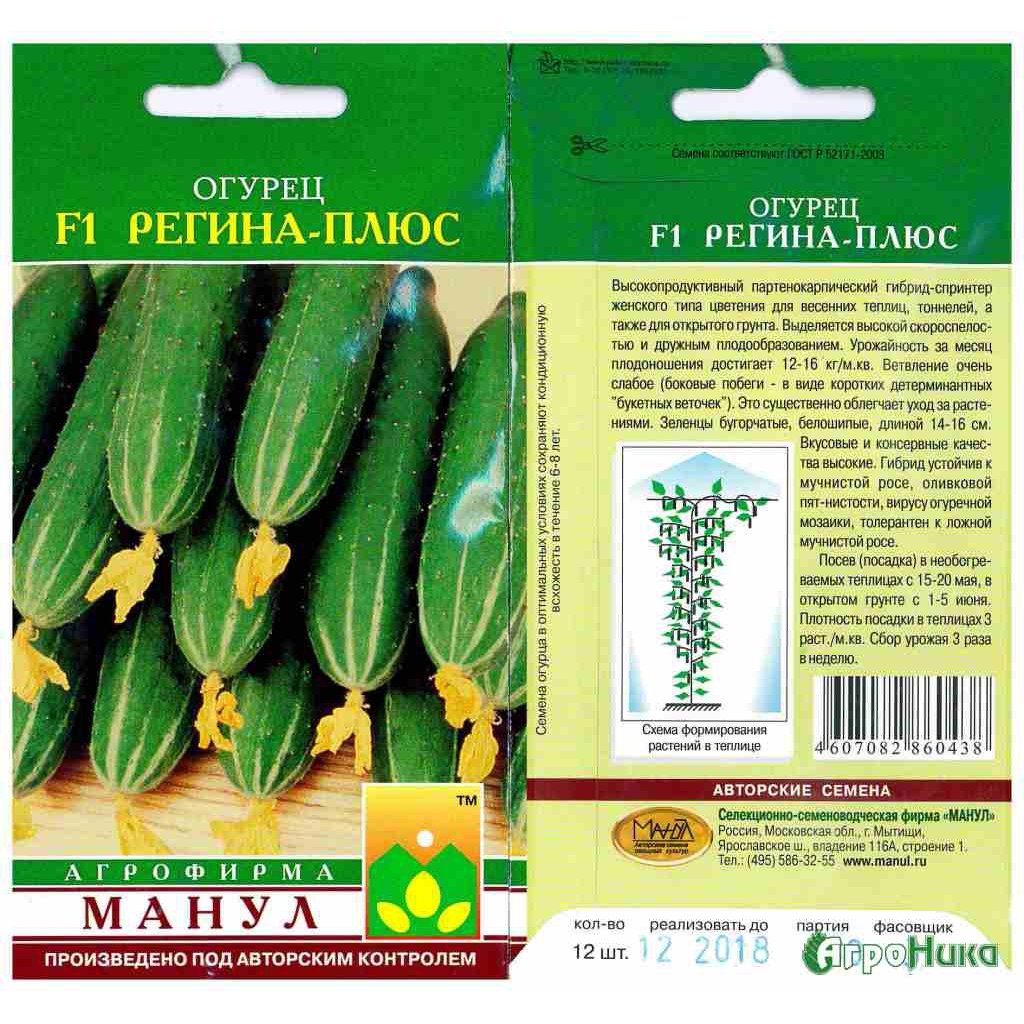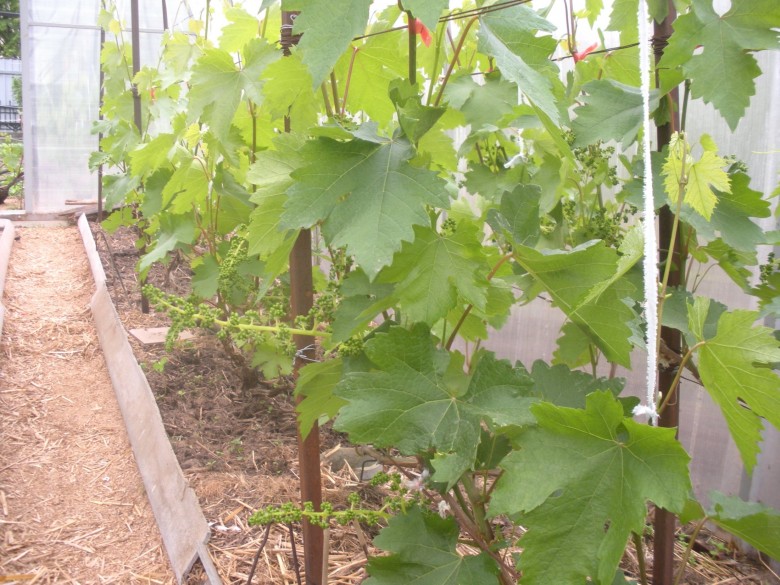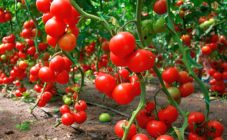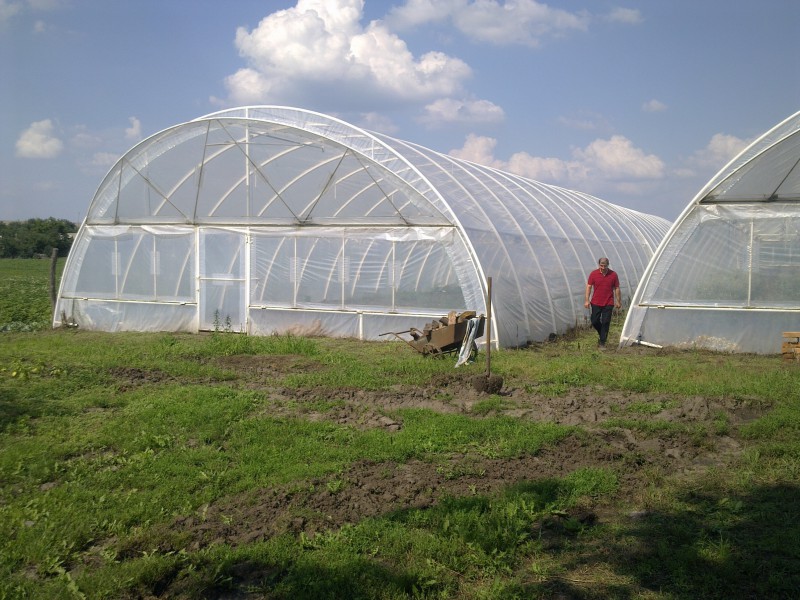Content:
- Cultivars suitable for greenhouse cultivation
- Most popular greenhouse varieties
- How to properly care for greenhouse plants
- The choice of a variety, taking into account the timing of fruiting and plant size
- Parthenocarpic varieties of cucumbers for the greenhouse
- The varieties with the highest yields
- Indoor hybrids
A few decades ago, there were very few varieties of cucumbers intended for cultivation in closed greenhouse complexes. Now there are several hundred varieties of this garden culture. Among them there are varieties that can form ovaries by self-pollination, and parthenocarpic varieties that do not need pollination at all.
Cultivars suitable for greenhouse cultivation
Two types of vegetables can bear fruit well in greenhouse conditions:
- self-pollinated;
- parthenocarpic.
To choose a variety that is successful in all respects, you need to figure out which cucumbers to plant in a polycarbonate greenhouse, and which type will give the best harvest in a heated glass room.
Self-pollinating cucumbers are ideal for growing in polycarbonate greenhouses.
Parthenocarpic varieties give a large number of fruits. Imported seeds are highly germinating, but their fruits are not always suitable for salting.
The seed can be of Russian or imported origin. What are the best cucumber seeds for greenhouses? Seeds of large domestic producers, such as:
- "Sedek",
- "Seeds of Altai",
- "Manul",
- "Siberian Garden",
- "Aelita".
Foreign manufacturers also promote their products on the Russian market. Seeds of cucumber hybrids are in demand:
- Hermann;
- Masha;
- Marinda;
- Xena.
Seed material under this name is also produced in Russia, in order to avoid disappointment, it is better to purchase an imported product.
Most popular greenhouse varieties
In order to successfully choose a variety of cucumbers for growing in your own greenhouse, you need to decide why it will be planted. Some are well suited for an early harvest, others please with a high yield, and still others are suitable for winter pickling.
Early ripe varieties of cucumbers are especially popular in the regions located north of the Rostov region. For example, these cucumbers are well suited for the Kirov region, Moscow. In this case, the greenhouse can be winter, with a heating system, or a greenhouse type.
Greenhouse garden leaders:
- Goosebump. A parthenocarpic hybrid well known to gardeners. The variety is immune to common infectious diseases. The fruits are completely devoid of bitterness. The length of the greenery ranges from 8 to 12 cm.
- Dynamite. One of the highest-yielding parthenocarpics. The fruits of the plant grow from 11 to 13 cm and have a cylindrical shape, which is classic for a cucumber.
- Emelya is a parthenocapic hybrid. Differs in good resistant immunity to infections, in closed greenhouses this hybrid gives a large amount of quality product. The average length of greenery is from 13 to 15 cm. This variety is suitable for raw consumption and conservation.
- Trump card. Parthenocarpic gherkin type.The fruits have a good presentation, so that cucumbers of this variety can be planted in large quantities with the expectation of producing goods for sale. This variety is ideal for pickling.
- Sarovsky. This variety is appreciated for its ability to bear fruit well even in conditions of lack of heat and light.
- Matilda. An early hybrid capable of self-pollination. The skin of the greenery is bumpy, with thorns, the shape resembles a regular cylinder. Matilda produces high yields. Up to 7 cucumbers are formed in one bunch.
- Bettina. The self-pollinating cucumber tolerates the lack of light well. Cucumbers have a non-standard ellipsoidal shape. Bettina has a gherkin-type fruit that grows up to 12 cm in length.
- Zozulya. Early pertenocarpic well known to summer residents and farmers. This variety is characterized by the presence of light stripes on the fruit. Zelentsy are not prone to rapid yellowing. The variety is liked by consumers for high yields, from 1 sq. m you can collect up to 14 kg of cucumbers.
- Summer resident. A cucumber with an early harvest. With proper care, it can produce 14-15 kg per 1 m².
- Pinocchio. Early maturing variety, resistant to low temperatures. The fruits are completely devoid of bitter aftertaste and have a classic cucumber cylinder shape. With good care in greenhouses, up to 13 kg of vegetables are harvested from 1 sq. m.
There is an opinion among vegetable growers that gherkins are the best varieties for greenhouses.
How to properly care for greenhouse plants
To ensure a good harvest, you need to select and process the most viable seeds.
- Before planting, cucumber seeds are heated on a battery or simply dipped in a warm solution of manganese for several hours. Those seeds that have surfaced are removed. For sowing, only those seeds that have sunk to the bottom of the container are suitable.
- Selected seeds are spread on cotton wool dipped in a solution of nettle infusion. After the seed has swollen enough, it must be planted in the ground.
The care system for greenhouse plants depends entirely on the type of greenhouse shelter.
Greenhouses designed for growing vegetables in winter should be equipped with heating devices and lamps for additional lighting.
Otherwise, the principles of growing cucumbers are the same for all types of greenhouse shelters:
- Water the vegetables with water heated to + 25 degrees every 3-4 days. You need to water the cucumbers under the main stem, so that the root system is not exposed and water does not fall on the leaves.
- The greenhouses are aired regularly, but they do it so that there are no drafts inside the shelter. In order not to create them, you can only open the doors.
- It is necessary to loosen the soil very carefully so as not to damage the plant roots lying close to the surface.
- Top dressing is done no more than once a week. Organic fertilizers can be applied to the soil: a burnt-out solution of chicken manure or manure. In addition to organic matter, cucumbers require mineral fertilizers, such as nitroammofoska or a mixture of "Crystallin".
Cucumbers are more difficult to care for, which require bees to pollinate. To lure insects into the greenhouse, the plants are sprayed with a honey solution from a spray bottle.
Vegetable varieties that are capable of self-pollination will help to avoid such hassle. They can form ovaries without insect involvement.
The choice of a variety, taking into account the timing of fruiting and plant size
Indoors, it is most profitable to grow early maturing cucumbers. In heated greenhouse complexes, vegetables ripen throughout the year.
For early ripe cucumbers, short-term fruiting is characteristic. Moreover, all the fruits ripen together, which is very convenient if the cucumbers are grown for sale.
Mid-season greenhouse cucumbers ripen in about 40-50 days after germination. And their late varieties yield a harvest in 50-70 days. They are characterized by long-term fruiting and stable immunity to common plant diseases.
Cucumbers for greenhouses are also selected depending on the growth and branching of the bush. In small greenhouses, it is beneficial to grow:
- Baby,
- Kustovoy,
- Shorty.
Medium-growing cucumbers include (the height of the central stem is up to 0.8 m.):
- Prepaid expense,
- Aquarius,
- Quartet,
- Wizard.
Long-leaved cucumbers are suitable for large greenhouse buildings:
- Abbad,
- Competitor,
- Lotus,
- Madam,
- Phoenix.
These plants are distinguished by their active vigor and good immunity to infections. Ripe fruits will appear on them later, but they will bear fruit longer than the early varieties. In large liana-like cucumbers, the whips and central stem can grow up to 5-6 meters in length. These bushes need a lot of space, so they are only suitable for large greenhouses and greenhouses.
Parthenocarpic varieties of cucumbers for the greenhouse
These types of vegetables are ideal for growing in shelters. They are distinguished by their ability to form fruit without pollination. These varieties do not have barren flowers and, with good care, give a large harvest.
Parthenocarpics can be subdivided into groups according to their main features.
Cucumbers that do not require complex care:
- Director,
- April,
- Courage.
The varieties with the highest yields:
- Zozulya,
- Hermann,
- Regina plus.
Cucumbers - early ripening:
- Emelya,
- Hermann,
- Masha.
Gherkin type varieties:
- Cheetah,
- Anyuta,
- Heroic strength,
- Be healthy.
The varieties with the highest yields
It is very important for vegetable growers to know which varieties of garden crops provide the most product. This factor is one of the most important when choosing plants for the production of vegetables in a greenhouse. Cucumbers are no exception. The greenhouse varieties with the highest productivity index:
- Pinocchio,
- Summer resident,
- Tumi,
- Zozulya.
Indoor hybrids
The difference between hybrids and ordinary seeds is that a good harvest can only be obtained from the first generation of plants. It will not be possible to get high-quality seed material from hybrids on your own.
However, hybrid cucumber varieties are ideal for a polycarbonate greenhouse and heated winter shelter.
Hybrids have a lot of positive qualities, in particular, they:
- resistant to most infectious plant diseases;
- resistant to temperature extremes and short-term drought:
- do not have barren flowers, all flowers form full-fledged ovaries;
- Most hybrid vegetables have excellent taste and no bitter taste.
Hybrids are intended for greenhouses:
- Paratunka. Mid-season variety, has all the best qualities of hybrids;
- Grasshopper. An early ripening cucumber with good taste. It has good immunity to common infections;
- Sugar baby. Gherkin type hybrid;
- Berendey. Mid-season cucumber. Able to bear fruit in low light conditions.
What cucumbers are best planted in the greenhouse, the grower must decide for himself. Before buying seed, you need to decide whether there is enough space for indeterminate plants or it is better to limit yourself to midget bushes, with high yields.
